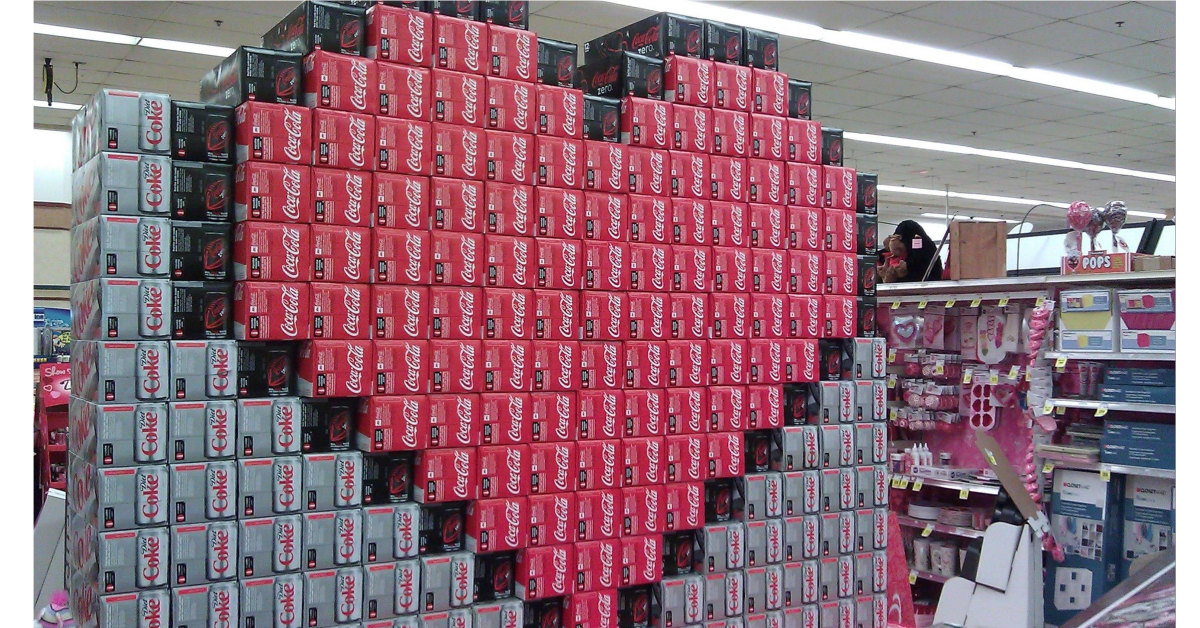
“Shopper” is for Cat Man people, not marketers, right?
We talk to CPG companies about shopper insights day in day out. We are used to rooms filled with “category” people, and indeed salespeople. But it’s amazing how rarely brand managers come along. I think the shorthand or even subliminal implication to marketing departments is that talking shopper is about retailers, selling, more about execution, about the “grubby” world of price promotion (not my words!). Not so much about strategy, about brand propositions and about big-picture thinking.
I confess I am a little puzzled. When I started out as a Unilever brand manager, yes I liked to indulge my grey matter with brand positioning and certainly Ad agency meetings made me feel good about my role in spending lots of money, but I was made very aware that the rubber hit the road in store and that executing brand plans in retail was central to my brand outcome. Pitching to Tesco was part of my day to day life.
I know things have changed in CPG in recent years. One thing is true that international brand strategy is often a long way removed from local markets, and I guess that means that executing locally can’t involve the global brand team too much. But I doubt there is any packaged goods marketer that can afford not to understand the last few feet of the path to purchase.
It’s not just that this is the “first moment of truth”, it’s also that as we understand neuroscience better, we know that branding itself is critical in the final decision. To list just four matters brand managers should really care about, particularly when Byron Sharp will happily point out that even for the most “loyal” brand, more of a shoppers’ purchasing in a year is from competitor brands….
- Does my brand get noticed – even if I have a good “share of mind”, lack of visibility massively increases the risk of being forgotten or a competitor being chosen. Instore research suggests that “share of attention” is the real battleground close to the purchase – not even pricing or promotion.
- Does my brand have sufficient distinctiveness that when “noticed” there is a mental fast track to selection? Decisions are made quickly, and you can’t afford to slow the shopper down. Pack designs can work beautifully in somewhat artificial testing environments, but in a busy store unique and familiar cues become vital
- Does my shopper marketing draw from and build on my broader brand marketing. Does it “connect the dots?”. This is a big one. Why spend a fortune sowing the seeds of your message in the shopper’s mind if nothing in the store resonates with that message? Or worse, it’s a different message? Wasteful if nothing else.
- And here is my final point. The shopper isn’t the consumer in many cases. Or, even if it’s the same person, the mindset in the store is different from that in the home. Your extensive consumer U&A data or even social media listening may completely miss the point for the moment of truth.
Shopper Intelligence does far more than fuel traditional category management. We help you understand motivations and needs in the path to purchase, to see where different shopper segments and brand buyers want different things, we measure promotional response, switching behaviours and now for the first time, we can actually measure “noticeability” and “conversion” at the fixture.
I don’t think marketing can leave this in the bucket called “execution”. It’s fundamental; it’s strategic.
